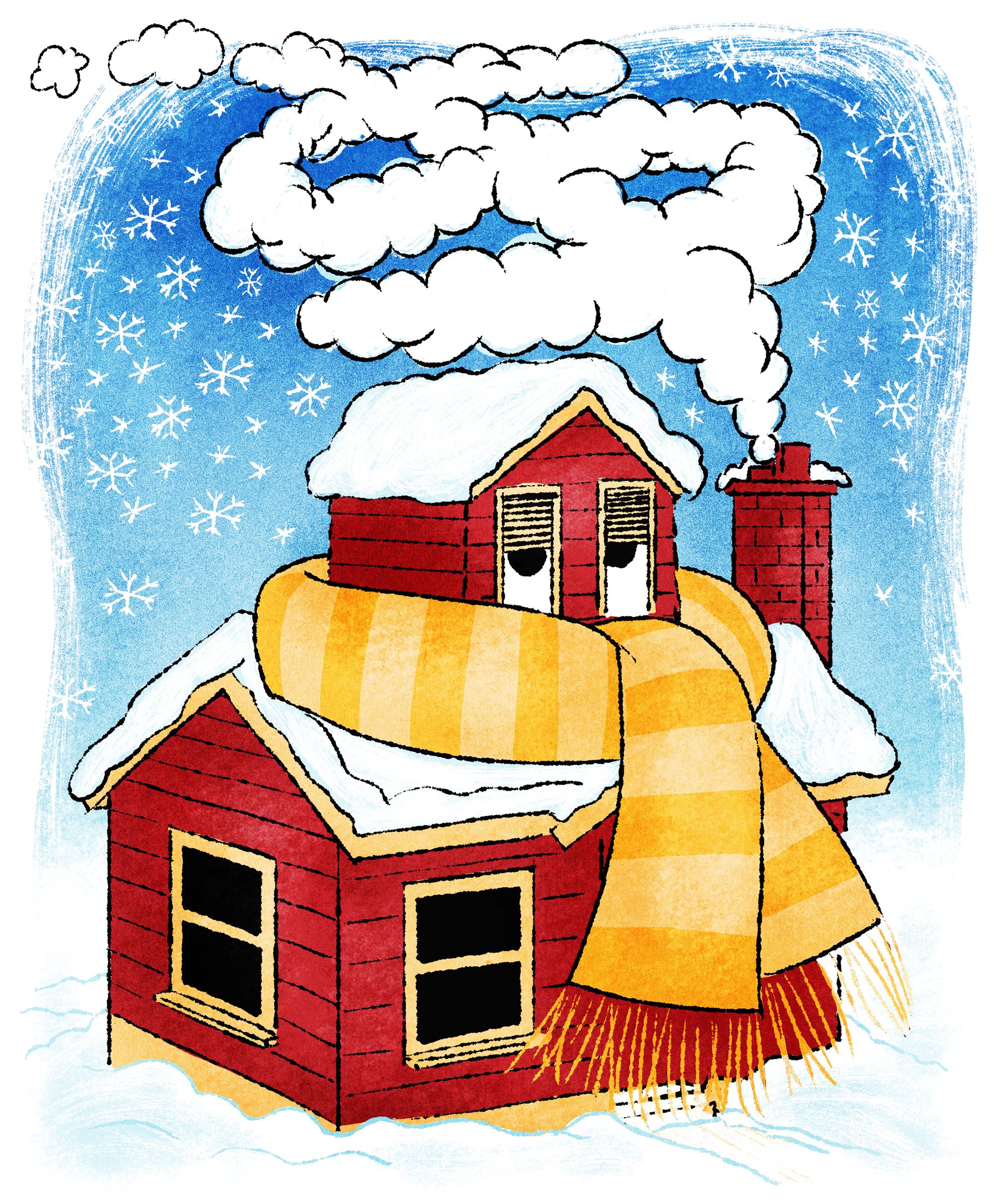
Here are three additional changes you can make this winter that yield worthwhile returns.
Turn it down, not off
Set your thermostat to turn back 7 to 10 degrees F for eight hours while you’re away each day; doing so can shave 10 percent off your yearly bill. The optimal temperature for energy savings is 68 to 70 degrees F. However, if you have cast-iron radiators or radiant floor heating, don’t touch the dial—you’ll waste more energy (and, ultimately, money) by changing the temperature than if you left it alone.
Pad your nest—in the right places
Beefing up the insulation will help cut heating costs, especially if your house is old and drafty. Focus on the attic first, where heat escapes. The Environmental Protection Agency estimates that proper insulation can cut as much as 50 percent off your heating bill.
Work with the weather
Boost the efficiency of your boiler by installing an outdoor reset control. On a 40-degree day, your boiler could fire to 180 degrees F every time you need heat, but it needs to reach that temp only when it’s zero outside. A weather-sensitive system adjusts the temp based on how cold it actually is. For best results, install the sensor on a north-facing exterior wall away from drying or heating vents, and watch the savings—up to 12 percent—heat up.

